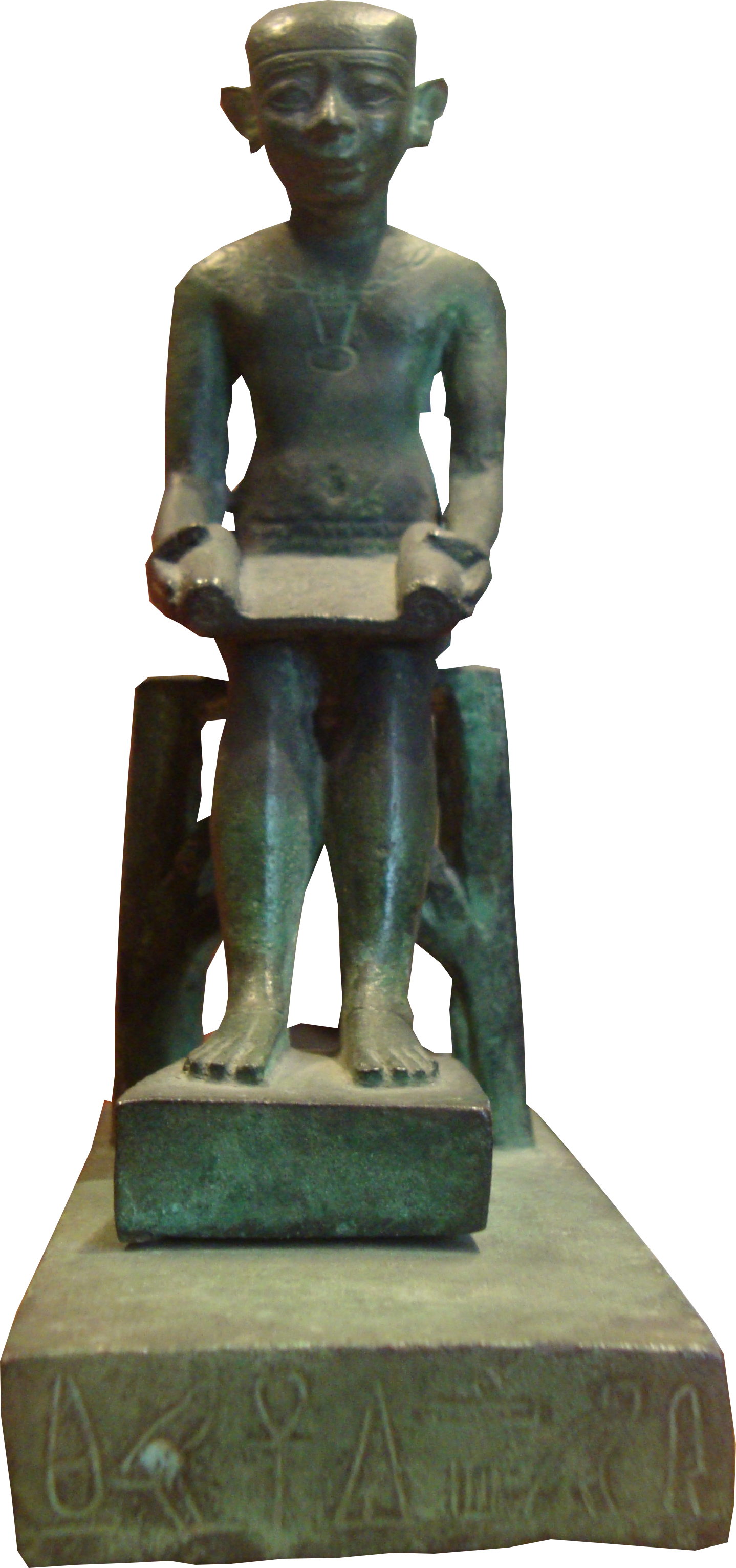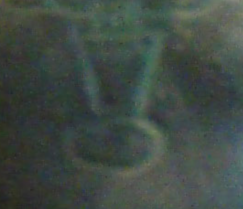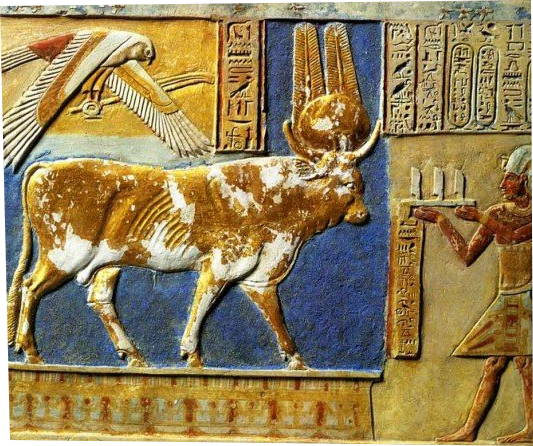Ancient Psychedelia: Alien Gods & Mushroom Goddesses
Online Book - Chapter 10, Page 162
Back to Online Book Mainpage / Next Page (Chapter 10, Page 163)
| Bastet (B’sst, U-Bastet) is a later descendent from Sekhmet as she was originally a lion-headed goddess. It was during the time of the New Kingdom when she became associated with a cat likely due to cat domestication first occurring in Egypt. She is often depicted with a was scepter and an ankh and like Sekhmet she was the wife of Ptah. As one of the daughters of Ra, she held the title of “Eye of Ra,” along with a number of other goddesses. (55) She was a goddess of birth, protector of children and associated with the healing arts as the originator of medicine. Sometimes she was depicted as a huntress. She was equated by the Greeks with Artemis. (56) Imhotep (Greek=Imouthes) ruled Egypt as the second king of the Third Dynasty from 2630–2611 BC, where he was known for building the Ṣaqqārah pyramid in Memphis. He was a practicing physician (the first known) and a scribe who later became associated with Asclepius in Greece having been idolized as a god of medicine in the short period of just 100 years after his death. (57) During the Persian conquest of Egypt in 525 BC, Imhotep was elevated to that of a supreme deity where he became part of the trinity with Ptah and Sekhmet. It was during this time, shrines of healing dedicated to him were used as places to sleep, heal and provide remedies through dreamtime revelations (33a). (58) Imhotep was a “god who sent sleep to those who were suffering and in pain, and those who were afflicted with any kind of disease formed his especial care.” (59) Diodorus explains the conundrum of changing names and multiples deities: (25) (1) In general, there is great disagreement over these gods. For the same goddess is called by some Isis, by others Demeter, by others Thesmophorus, by others Selenê, by others Hera, while still others apply to her all these names. (2) Osiris has been given the name Sarapis by some, Dionysus by others, Pluto by others, Ammon by others, Zeus by some, and many have considered Pan to be the same god; and some say that Sarapis is the god whom the Greeks call Pluto. (60)   (33a) Imhotep in the Louvre |
Apis (pronounced Hap, Hep, or Hapi) was the bull-god of Egypt, a son of Hathor and later, Isis, who is always featured with a round orb between his horns (34a, b, c). The worship of Apis originated at least as early as the 1st dynasty (c. 2925–c. 2775 BC). He was initially a fertility god associated with grain and herds, and later was assimilated into Ptah and Osiris as (User-Hapi) and through the Greek we arrive at Serapis (Osiris-Apis) around the time of Ptolemy I Soter (305 – 282 BC). (61) According to Herodotus, “The Apis is the calf of a cow which is never afterwards able to have another. The Egyptian belief is that a flash of light descends upon the cow from heaven, and this causes her to conceive Apis. The Apis-calf has distinctive marks: it is black, with a white square on its forehead, the image of an eagle on its back, the hair on its tail double, and a scarab under its tongue.” (62) I find it very interesting that a flash of light descending from the sky would be involved with a cow, but there are strange things that happen in relation to cows.  (34a) Painted and Gilded Stela of Ptolemy V Making Offering to the Apis Bull (55) https://www.ancientegyptonline.co.uk/bast.html (56) Healing Gods, p. 84 (57) ibid, p. 64; Stobaios, Eclogae, I, xli, 44 (58) https://www.britannica.com/biography/Imhotep) (Diodorus, I, 25 (59) Healing Gods, p. 63; Budge, I, 523 (60) Diodorus Siculus, Library of History Book I (beginning) 25:1-2 (61) Healing Gods, p. 53; https://www.britannica.com/topic/Apis-Egyptian-deity (62) Herodotus, Histories 3.28; tr. Aubrey de Selincourt |
Go Back to Page 161